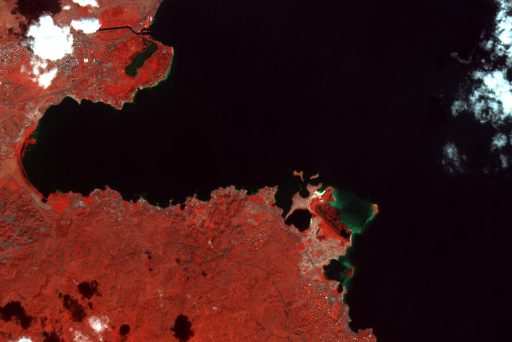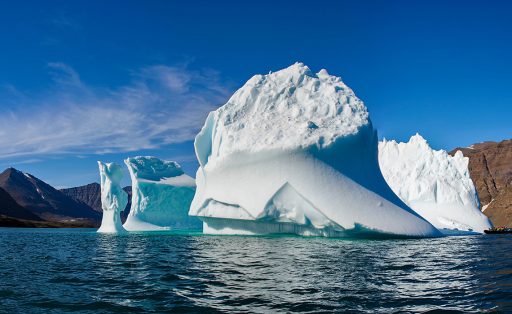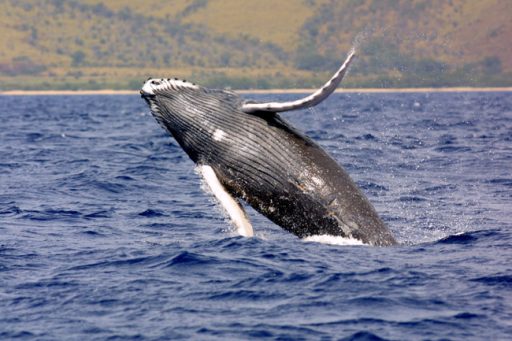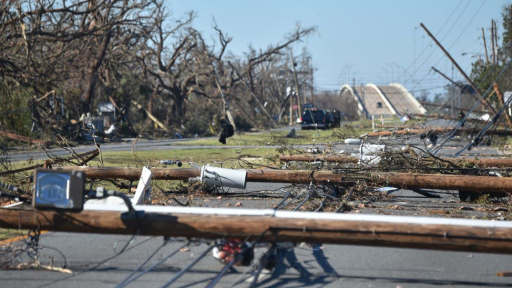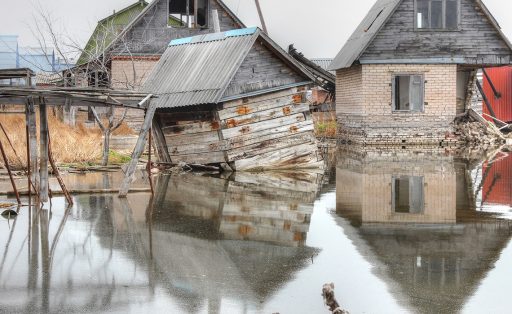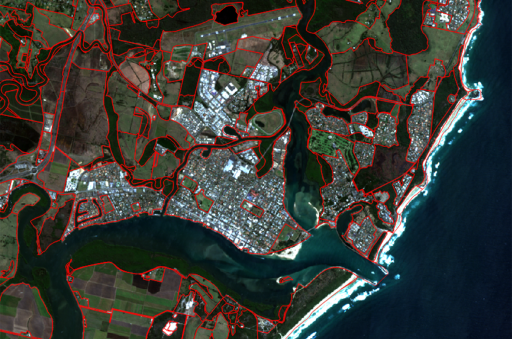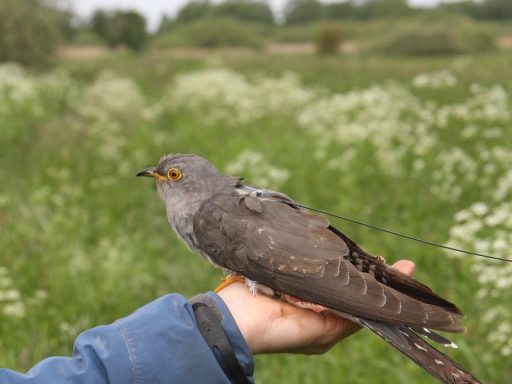Game-changing technology for remote sensing Earth Observation and national-level data visualisation to measure productivity of pasture land, the presence of pollutants, and the impacts of natural phenomena such as erosion or droughts.
Both domestic researchers and the numerous visiting scientists will benefit from the availability of the global secure mobility service eduroam at The Greenland Institute of Natural Resources.
Brazil is a veritable treasure chest for research and development in biodiversity, climate, natural sciences and the environment. The nature of this type of research is driven by collaboration and high bandwidth network technologies.
OTN research has yielded important insights into the often-mysterious migrations of endangered marine animals like leatherback turtles, basking sharks, American eels, and Bluefin tuna, and have generated critical knowledge towards conservation recommendations.
When Hurricane Michael came ashore at Mexico Beach, Florida on October 10, 2018, it knocked the Traffic and Criminal Software, a vital piece of law enforcement software, offline.
Harnessing the power of citizen science gives scientists the opportunity to gather more data than they ever could alone.
A Moldovan scientist is improving his country’s preparedness for environmental disasters.
A customized network solution has greatly improved access to essential satellite imagery and geospatial data for researchers who help inform government policy on land management.
How is this even possible? A cuckoo carrying a tiny transmitter signalling to a satellite and allowing researchers to track its 16,000-kilometre, ten-month-long loop migration from Scandinavia to Central Africa and back.


